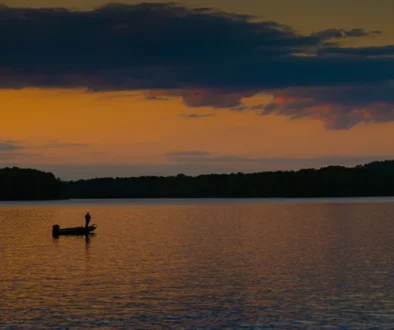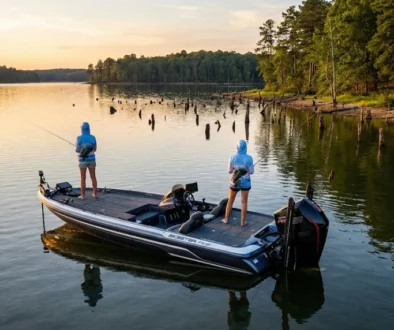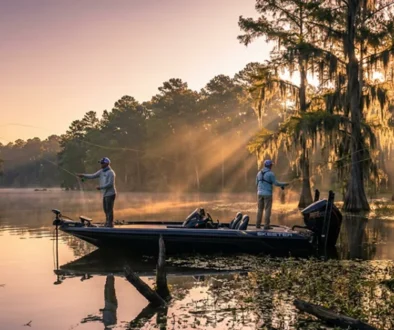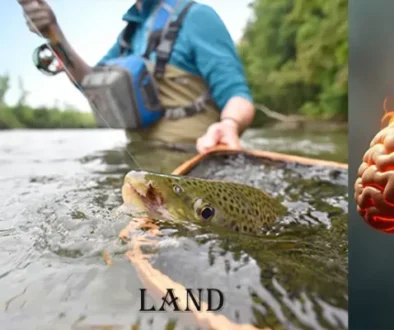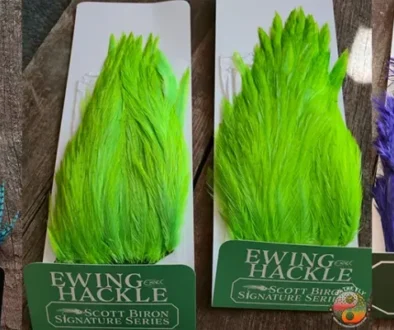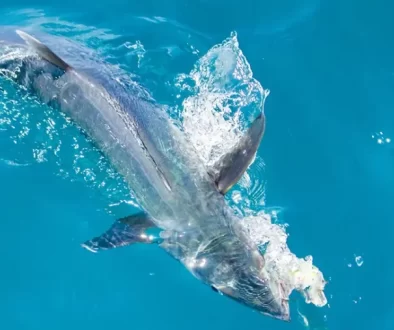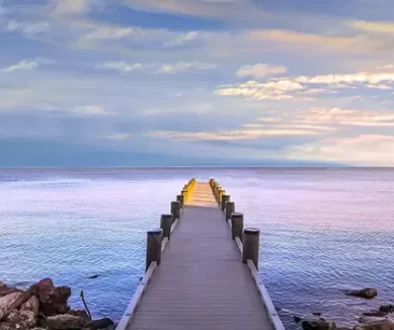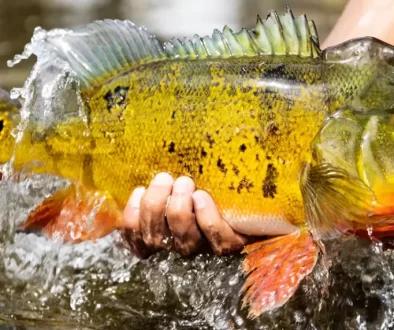Learn About Red Snapper Fly Fishing
Ever stood at the water’s edge, casting line after line into the sea’s vast expanse? Have you felt that rush of adrenaline when something – how about Red Snapper fly fishing, perhaps – tugs at your rod with a force that resonates in your very bones? It’s a feeling unmatched, an exhilarating dance between man and nature.
Would you believe me if I said there was more to this than just a game of chance?
In fishing as in life, knowledge is power. And we’re here to arm you with all things red snapper: from understanding their intriguing habits and habitats, selecting appropriate gear and tackle, choosing tantalizing flies right down to strategic techniques designed specifically for reeling in those elusive big catches.
Listen up, everyone. It’s not just about catching any fish.
Table Of Contents:
- Understanding Red Snapper and Fly Fishing Basics
- Essential Gear and Tackle for Fly Fishing Red Snapper
- Choosing the Right Flies for Red Snapper
- Locating and Targeting Red Snapper
- Techniques for Fly Fishing Red Snapper
- FAQs in Relation to How to Red Snapper Fly Fishing
- Conclusion of Red Snapper Fly Fishing
- Fly Fishing Excursions
Understanding Red Snapper and Fly Fishing Basics
Fly fishing for red snapper isn’t just about casting a line into the water. It’s a craft, an inquiry, and above all else, it’s one awesome experience. Whether you’re after that big red or trophy snapper, understanding your quarry is key to success.
Red snappers are striking reef fish found from the Carolinas down to Florida along the eastern coast. With their vibrant pinkish-red coloring – hence “red” in their name – these game fish can be quite impressive in size.
In fact, stats show that they can reach lengths between 1-4 feet long and weigh up to a whopping 50 pounds. Their lifespan averages around 20 years but some live up to triple that age. Talk about ancient sea warriors.
Identifying Red Snappers
If you’ve got ‘catching big’ on your mind then knowing how to identify them will save you time. A characteristic pointed anal fin makes distinguishing them from other species easier than spotting orange beach balls at a summer festival.
Their deep red color also gives them away – there’s no camouflaging when you’re as flamboyantly hued as a stop sign. Now let’s dive deeper into fly fishing techniques needed for this aquatic catch.
Fly Fishing: More Than A Gentleman’s Game
Catching any type of fish requires patience but fly fishing? That takes things up several notches. Think chess match rather than checkers game. And when it comes down specifically to catching reds with flies? Well…get ready for a challenge.
Fly fishing is all about imitating the natural food sources of fish with artificial flies. But it’s not as simple as tying on a fly and tossing your line into the water. It requires knowledge of when, how and where to use each kind of fly. This resource provides great insights for those starting out or looking to refine their skills.
Snapper Fly Fishing Tips:
Getting the hang of fly fishing for red snapper requires you to combine your artistic flair with a scientific approach. It’s all about understanding how these bold, reef-loving fish behave and recognizing them by their sharp anal fin and vibrant colors. The key is perfecting your technique—use artificial flies that imitate natural food sources, chosen carefully based on when and where they’re most effective.
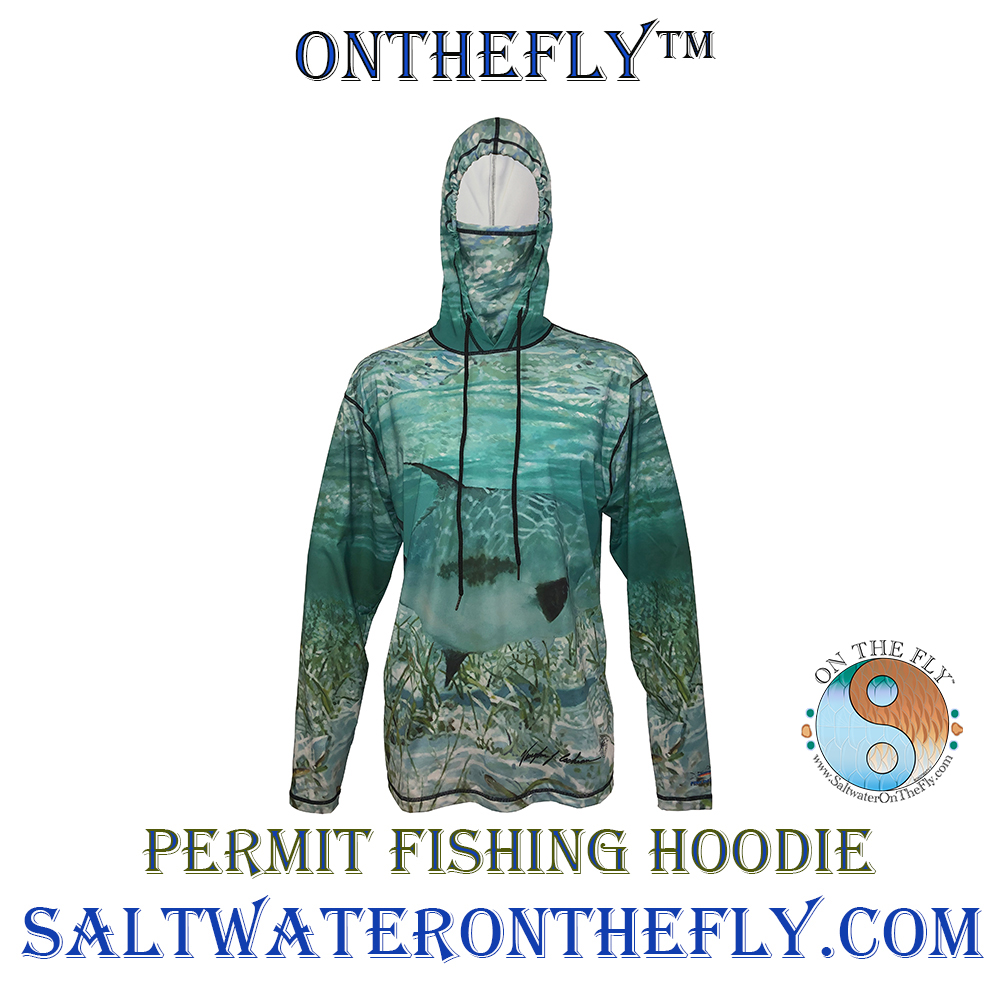
Essential Gear and Tackle for Fly Fishing Red Snapper
If you’re looking to cast your line for red snapper, the necessary equipment is a must. The proper setup can make a huge difference in your success rate. Let’s get into what exactly that entails.
The Perfect Rod Setup
First things first: your rod. For targeting big snappers, you’d want something sturdy yet sensitive enough to feel subtle bites – typically an 8-10 weight fly rod does the trick.
You also might find it useful to have a reliable rod holder when not actively casting or reeling in fish, giving your arms some much-needed rest during those long fishing sessions.
Outdoor apparel selection is important as well. For the best in Saltwater fishing apparel click here.
Reels and Lines Matter Too
Your reel should match up with your rod nicely; look out for large arbor saltwater reels with strong drag systems capable of handling these powerful fighters underwater.
In terms of lines, go for durable Rio Outbound fly line. It has been tried and tested by many anglers catching red snapper on the fly. A bonus tip here – always keep extra spools of different types at hand because each day could require a different approach based on water conditions or depth where snappers are feeding.
Tippets And Hooks To Catch Big Reds
Fluorocarbon tippets, particularly between 16-pound and 20-pound test proved most resistant against bite-offs from bigger fish. This becomes even more important if we talk about hooks. The hook point is what eventually lands you that trophy red snapper, so don’t compromise here.
Most seasoned fly fishers prefer circle hooks in sizes ranging from 2/0 to 8/0 when targeting reds. These are particularly effective because of their design which helps reduce the chances of gut-hooking and ensures a firm grip on those larger, more aggressive snappers.
Being successful at fly fishing for red snapper depends on having the right equipment. An 8-10 weight rod, teamed up with a large arbor saltwater reel and tough Rio Outbound line, is crucial. Fluorocarbon tippets that are between 16 to 20-pound test help you avoid losing bigger fish, while circle hooks ranging from size 2/0 to size 8/0 ensure effective catch-and-release.
Choosing the Right Flies for Red Snapper
The secret to a successful snapper fishing trip often lies in your fly selection. You can’t just toss any old thing into the water and expect big reds to bite. No, these cunning sea creatures demand more from their would-be captors.
Using Clouser Minnows
You’ll find few lures as versatile or effective as Clouser Ménage à trois Minnows when it comes to catching red snapper. These nifty little creations mimic cigar minnows—a favorite snack of Snapper—making them irresistible.
The genius behind Clouser Ménage à trois Minnows is that they sink fast but retrieve slow; this action perfectly imitates an injured fish struggling against the current—a beacon for predatory species like snappers.
Snapper Fly Fishing Tips:
Don’t forget, when it comes to red snapper fly fishing, size really does matter. Picking the right bait and lure is crucial for success. Clouser Menage a trois Minnows are a great choice as they mimic injured fish that snappers find irresistible.
For successful Snapper fly fishing having the right gear and fly selection will make a great difference in the type of experience you will have. Gear and Flies Click Here.
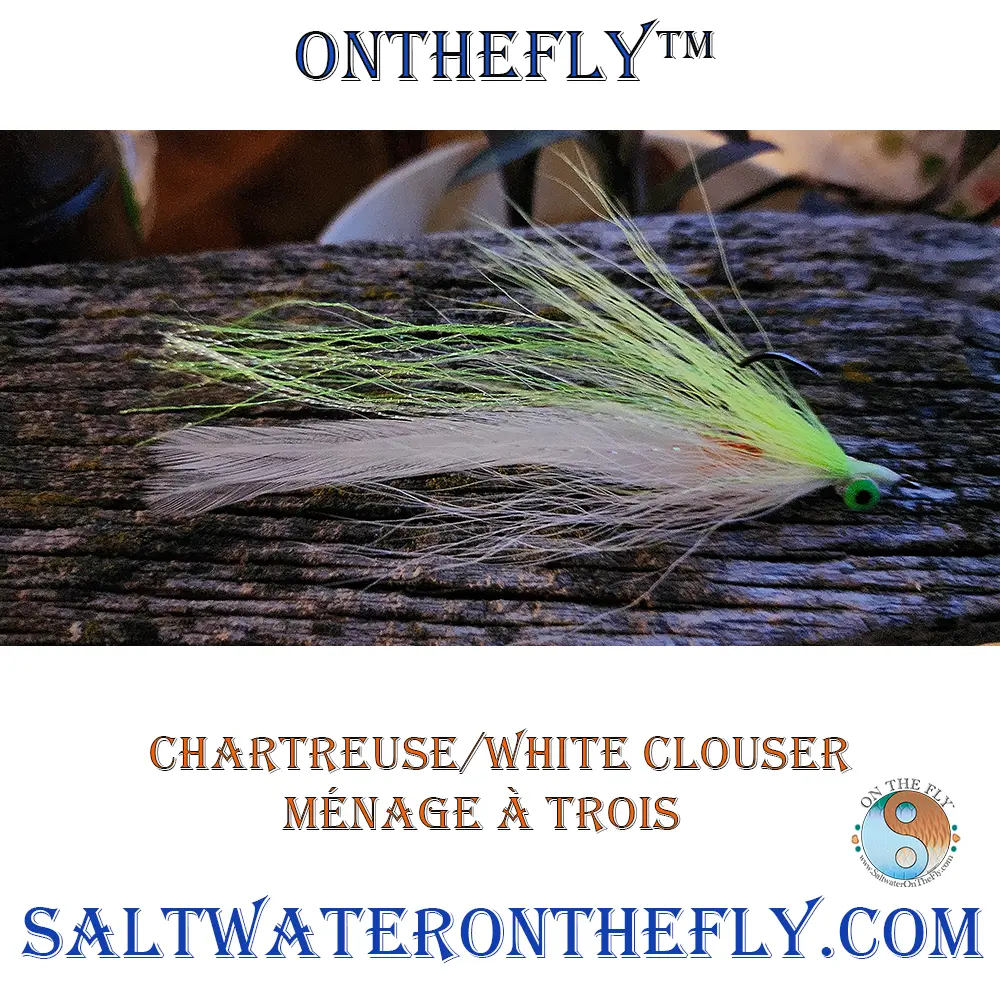
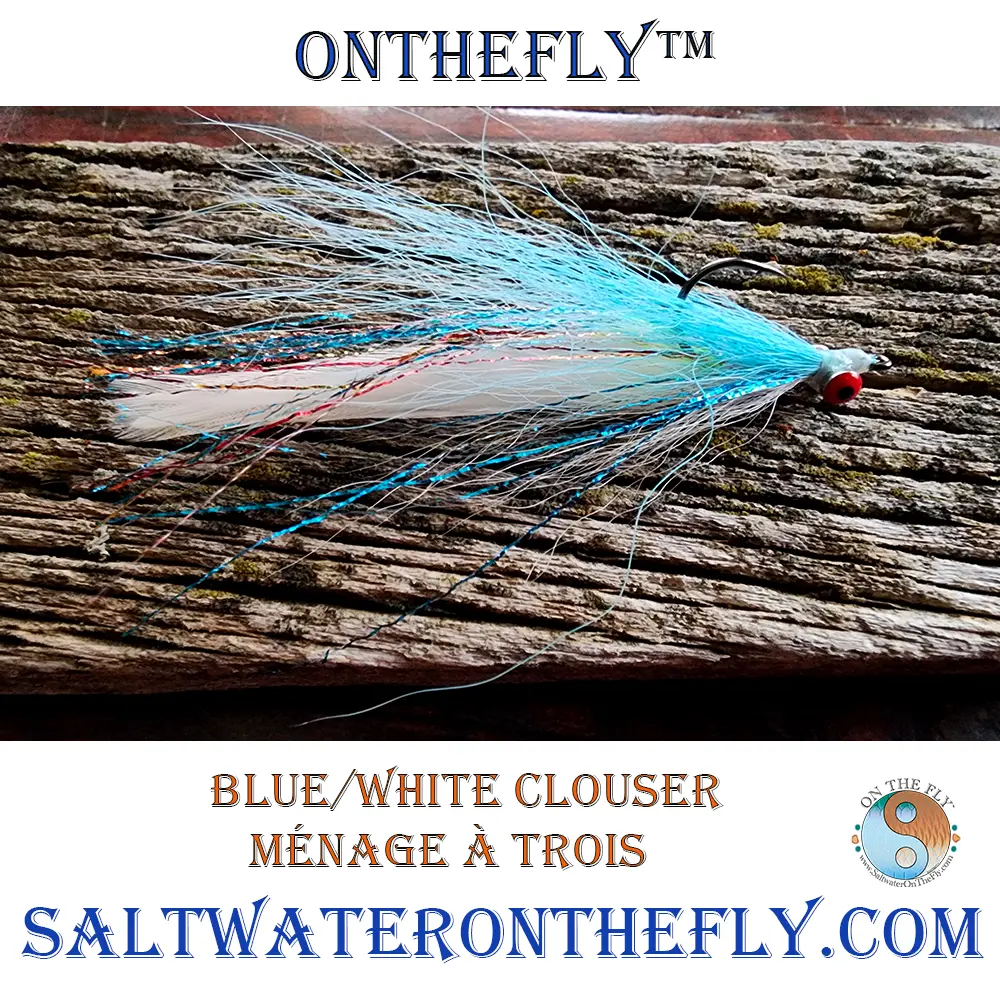
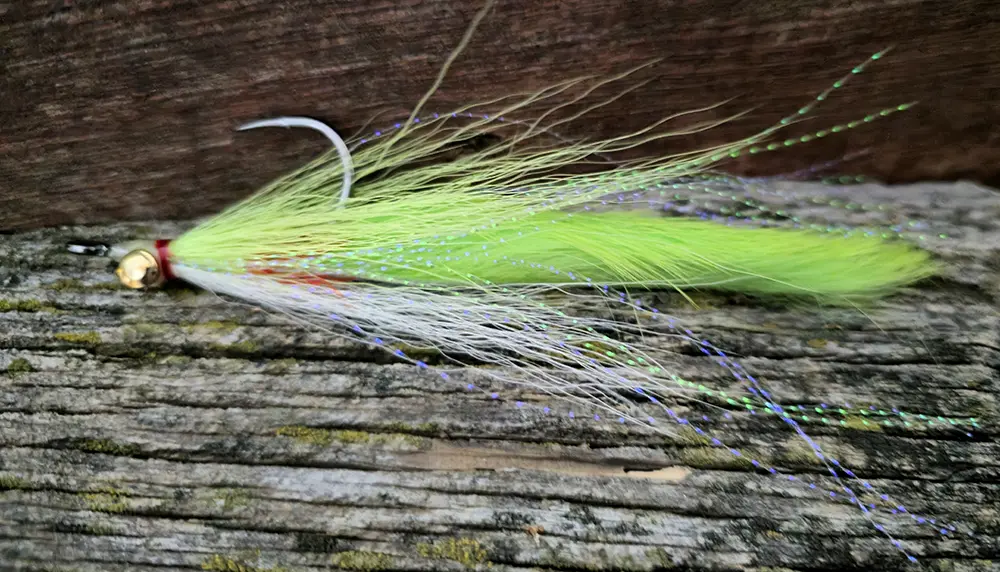
Clouser Bunny Chartreuse White 4/0
Rabbit tied into a Clouser Minnow Variation has lots of movement. In that it attracts large predators of the pelagic variety.
Locating and Targeting Red Snapper
Finding a red snapper in the vastness of the ocean can feel like finding a needle in a haystack. But don’t fret. Let’s get you set up to locate your red snapper.
The key is understanding their preferred habitats. Red snappers are fussy about where they live, making them predictable if you know what to look for.
Navigating Through Water Columns and Reefs
You’ll find these crimson creatures scattered throughout water columns – from shallow waters down to around 300 feet deep. They love hanging out near coral reefs, artificial reefs, or any other underwater structure that offers protection from predators.
These structures hold plenty of food sources for our big red friends – crustaceans, squid, smaller fish… You name it.
Sensing Fishing Pressure Like Pros
Now here’s something interesting: Red snappers sense fishing pressure like pros on an NBA court sense defense tactics. Overfished areas will have less catchable fish because those smart little buggers learn quickly when there’s danger nearby (i.e., your hook.). So always be ready to move spots if necessary. Bottom fishing techniques, however, can increase your odds significantly since most big ones lurk at greater depths.
Finding The Big Reds Along Eastern Coast And Gulf Waters
If you’re anywhere along the Atlantic Ocean from the Carolinas down through Florida or even in gulf waters off Texas & Louisiana – good news folks. You’re within striking distance of some serious action. Remember though; adult snappers prefer deeper waters with rocky bottoms while younglings stay in shallow waters with sandy or muddy bottoms.
Fishing During Snapper Season
Just as hunting season stirs excitement, so does snapper season. When it swings open, it’s truly game on. This period offers the greatest opportunity to reel in a big red. Therefore, always stay alert for federal announcements regarding the start of the season.
Scoring a big red snapper isn’t just about luck—it’s knowing their habits. These smart swimmers favor underwater structures and can be found at depths up to 300 feet. However, they’re quick learners when it comes to fishing pressure. To find them, your best bet is looking near coral reefs or along the Atlantic Ocean from the Carolinas through Florida. But remember this: timing is everything in successful snapper fishing.
Techniques for Fly Fishing Red Snapper
Fly fishing is a craft, an art of deception where your fly plays the protagonist. But when you’re targeting red snapper, it becomes more than just casting and waiting. It’s about understanding their habits, picking the right gear and most importantly, mastering some specific techniques.
Understanding Fly Floats
A good angler knows that to catch big fish like red snappers or “big red” as they are affectionately called by anglers around the world; your flies need to be in striking distance of them. That’s where fly floats come into play.
You see, unlike conventional baits which sink down naturally due to weight, a fly drifts. The problem? Red snappers often dwell 30-200 feet deep in federal waters along the eastern coast and gulf waters.
To get our light-weighted flies down there, use sinking lines or weighted leaders but sometimes even that isn’t enough. So what do we do?
- We turn towards heavily weighted flies – think clouser minnows with large dumbbell eyes.
- We employ fast-sinking shooting head lines – nothing beats Rio Outbound Short series here.
The Art of Moving Fly
In nature no prey moves linearly all the time nor does it remain still unless dead or playing dead. If you want bigger fish like pound-sized red snappers to take interest in your bait – move it erratically yet naturally.
- Jerk then pause,
- Sprint then halt,
- Dive then float back up,
- Sometimes fast, sometimes slow.
Mimic a wounded baitfish or a scared shrimp and the snapper won’t be able to resist.
The Take
Red snappers are a curious but a cautious bunch. They’re known to follow your fly, inspect it closely, yet they rarely strike it head-on like Tarpons do. Most of the time, these fish approach from behind, showing off their flared gills as they inhale the fly.
patient and stealthy. Use a slow, steady retrieve to make your fly look appealing. But don’t forget, it’s not just about the technique – having fun out there on the water is also key. After all, fishing is as much about enjoying nature as it is catching fish.
FAQs in Relation to How to Red Snapper Fly Fishing
What is the best rig for red snapper?
The circle hook with a light tackle setup reigns supreme. A fluorocarbon leader, paired with 2/0-8/0 size hooks, works wonders on red snapper.
What is the best way to fish for red snapper?
Fly fishing using cut bait like mullet or live bait such as pinfish attracts Red Snappers. Fish near coral reefs and artificial structures in deeper waters.
How do you fly fish for Reds?
To fly fish for Reds, use lighter tippets and strong rods. Effective techniques include casting into feeding schools and slowly retrieving your line.
What bait is best for red snapper?
Mullet, sardines, eel work well as cut baits while pinfish and ballyhoo are ideal choices if you’re going down the live bait route.
Conclusion of Red Snapper Fly Fishing
Learning how to fly fish for red snapper is an adventure in itself. The rush of excitement, the strategy behind every cast, and the anticipation while you wait for that tug on your line.
We’ve covered all bases: understanding red snapper’s intriguing habits and habitats; selecting appropriate gear like circle hooks and light tackle; choosing enticing baits such as cut bait or live bait; targeting these elusive creatures based on their age and habitat preferences.
Fishing isn’t just about throwing out a line. It’s a dance between man, nature, patience, skillful techniques tailored specifically to catch big reds!
You’re not alone in this journey! Use what we’ve shared here today as stepping stones towards your own fishing success stories.
Fly Fishing Excursions
Iceland has incredible Fly Fishing, or Italy offers the perfect couple fly fishing adventure. Alaska Katmai National Park Region. Full of wild rainbows, salmon, artic char, and dolly varden.

